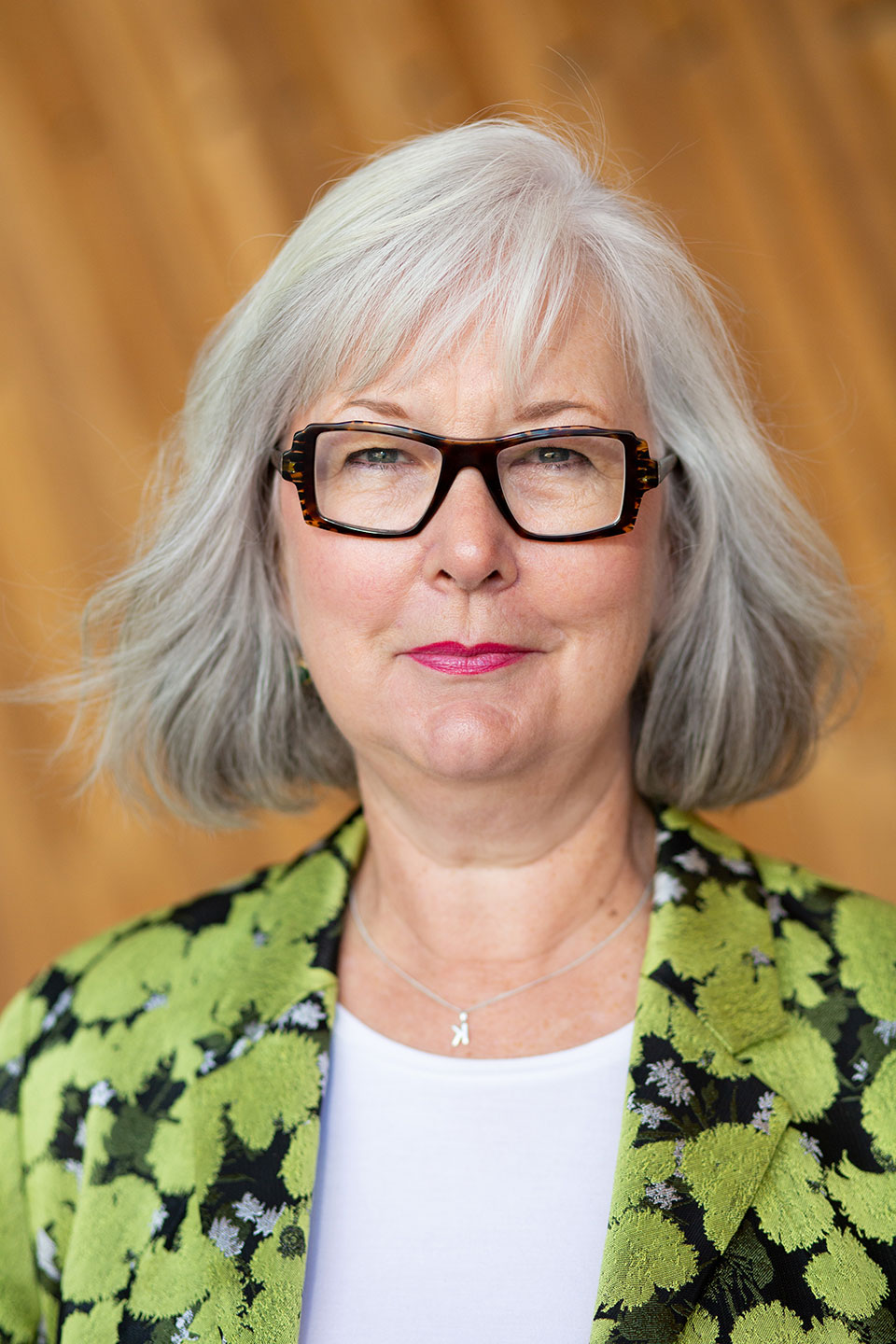How to Break Free from Polarization & Enliven Your Business

There is no denying that polarization and entrenched positioning create the conditions for black-and-white thinking and often, conflict. Leaders have always had to manage competing dualities—efficiency vs. resiliency, collaboration vs. competition, short term vs. long term—to name but a few. Here are some ways to make the shift from either/or thinking to more inclusive strategies.
In a polarized world, people either champion causes—like a “just” energy transition, LGBTQIA+ rights, or reconciliation with Indigenous peoples—or fervently oppose these positions and stare down anyone who dares to think differently. You are either with me or you are against me! You either believe in man-made climate change, or you are a climate change denier. People draw others who think the same way into their echo chambers which have only been amplified by social media.
What companies today don’t face pressure to pick a side? Campaigns like #MeToo, #BlackLivesMatter and #Occupy regularly target public figures and companies. Leaders of all stripes are being publicly shamed for unwise choices they made years ago. For-profit companies that don’t speak up on sensitive issues like abortion laws and voting rules are blacklisted. Opposing forces decry these shaming campaigns as “wokeness” and “cancel culture” run amok.
Some business leaders murmur meek apologies and offer up gushing promises to change; others push back and deepen the polarity. Neither of these strategies is necessarily wise. It’s useless to pretend that flowery language can magically transform your corporate values. And feeding a polarity can sap your company’s energy, and dampen the curiosity needed to find solutions.
BREAK FREE OF EITHER/OR THINKING
Most business leaders feel some pressure to do things differently; to fix what’s unjust and rebuild more equitably. And yet, the prevailing culture being sensitive and silent and self-censoring isn’t exactly working either. We risk replacing one monoculture with another and remaining stuck in polarized thinking.
So, what can your company do to understand different perspectives (including dissenting opinions) and avoid perpetuating either/or thinking?
First, accept that there are people in the world who want you on their side of an issue, and you can simply refuse to be co-opted. Be clear: Our company is not going to wade into every polarizing issue that crosses our path.
Second, be aware of the monocultures that flourish within your own company or industry. Perhaps your business attracts or requires people who have particular training, like engineers or economists, or who have unique ways of approaching problems, like analytical thinkers. That’s not unusual or inherently a bad thing, but it’s important to investigate and determine whether this hiring bias created a uniform world view that blocks or inhibits other ways of seeing an issue, or solution.
Third, think about how and why to allow for differences of opinion within your own company and in your relationships with external stakeholders. You may be relatively comfortable engaging with the like-minded or even open-minded, but how do you handle outreach to people and organizations with skeptical or opposing points of view? Reaching out to external stakeholders to evoke fresh ideas and solutions is anathema to people who prefer efficiency, order and predictability. Even more frightening is the notion of opening up decision-making to outsiders! Yet there is wisdom in reaching beyond the relative safety of your core team for insight. Reaching out to the critical-minded can yield trust, confidence and clarity generated by the dialogue and the process itself, as well as what engaged individuals do with the fruits of the dialogue.
Fourth, when you encounter backlash or resistance, try to frame the critical questions in non-judgmental language. For example, if your company’s policy manual states that you value inclusion and diversity but there is internal resistance to the idea of “quotas” for EDI or persons of color on your board of directors, encourage conversations that explore the business case for this strategy. Point to the science that demonstrates how the integration of different points of view into decision-making can improve your chances of solving big problems or creating new value.
Fifth, recognize that your leadership team requires the capacity to live with and navigate paradox. Humans may be predisposed to see the world in dichotomies, but our brains are capable of handling contradictory value systems and contradictory points of view. What leaders on your corporate team have been able to effectively manage competing dualities—shorter term shareholder expectations versus longer term community priorities, or the opposing pulls of collaboration and competition? During the COVID-19 pandemic, most business leaders relearned the dance between efficiency and resiliency. How can these now-essential leadership capacities be emulated across your entire company?
Sixth, resist the urge to jump to easy solutions. It is difficult to stay in the tension of a question or issue, to rush to assuage our insecurity with quick fixes. Leaders who can hold the space for new thinking or a better idea to arise—who are willing to be comfortable with tension and ambiguity—are more likely to create the conditions for the right direction to become clear. This can feel counter-intuitive, but if one does not push too hard for closure and is willing to “sit in the fire”, something better will come.
BE STRATEGIC AND INTENTIONAL.
If an issue that is relevant and important to your company becomes polarized, choose to respond strategically and intentionally.
“Pretending” to play nice in the sandbox is an option for business leaders facing pressure to pick a side in a controversy. But it is not recommended. Taking a “Pollyanna” (or avoidance) approach won’t diffuse tensions between people who want pipelines and people who don’t, or between people who see white privilege and those who don’t.
It takes courage and competency to move beyond the status quo, to reach out to others who may not agree with you and build sufficient trust to generate new ideas, and to stay the course on a rebuilding effort. There is much discomfort in letting go of conventional sources of control and in shifting from one way of seeing the world to another. Holding the space in dynamic tension and having the capacity to transcend your own world view to create a new truth or idea or value, requires courageous patience.
But the pay-offs are there. Tech companies have added significant value through skunkworks, and many leaders have been richly rewarded for creating the conditions for employees to safely share both their positive and negative perspectives. Moving your company from a place where monocultures are doing battle to a space where the dynamics of diversity contribute to enriched decision-making can create an energized space for innovation. It can enliven for your business.
Written by Donna Kennedy-Glans, author of Teaching the Dinosaur to Dance: Moving Beyond Business as Usual.
Have you read?
# Best CEOs In the World Of 2022.
# TOP Citizenship by Investment Programs, 2022.
# Top Residence by Investment Programs, 2022.
# Global Passport Ranking, 2022.
# The World’s Richest People (Top 100 Billionaires, 2022).
# Jamie Dimon: The World’s Most Powerful Banker.
Add CEOWORLD magazine to your Google News feed.
Follow CEOWORLD magazine headlines on: Google News, LinkedIn, Twitter, and Facebook.
Copyright 2024 The CEOWORLD magazine. All rights reserved. This material (and any extract from it) must not be copied, redistributed or placed on any website, without CEOWORLD magazine' prior written consent. For media queries, please contact: info@ceoworld.biz








